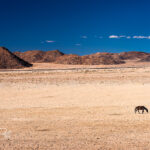Kolmannskuppe and the diamond fever
In April 1908, the Namibian railroad worker Zacharias Levala discovered wonderful stones on the newly completed railroad line between Lüderitz and Keetmanshoop near the "Grasplatz" railroad station, which his supervisor, the Thuringian railroad official August Stauch, quickly identified as diamonds.
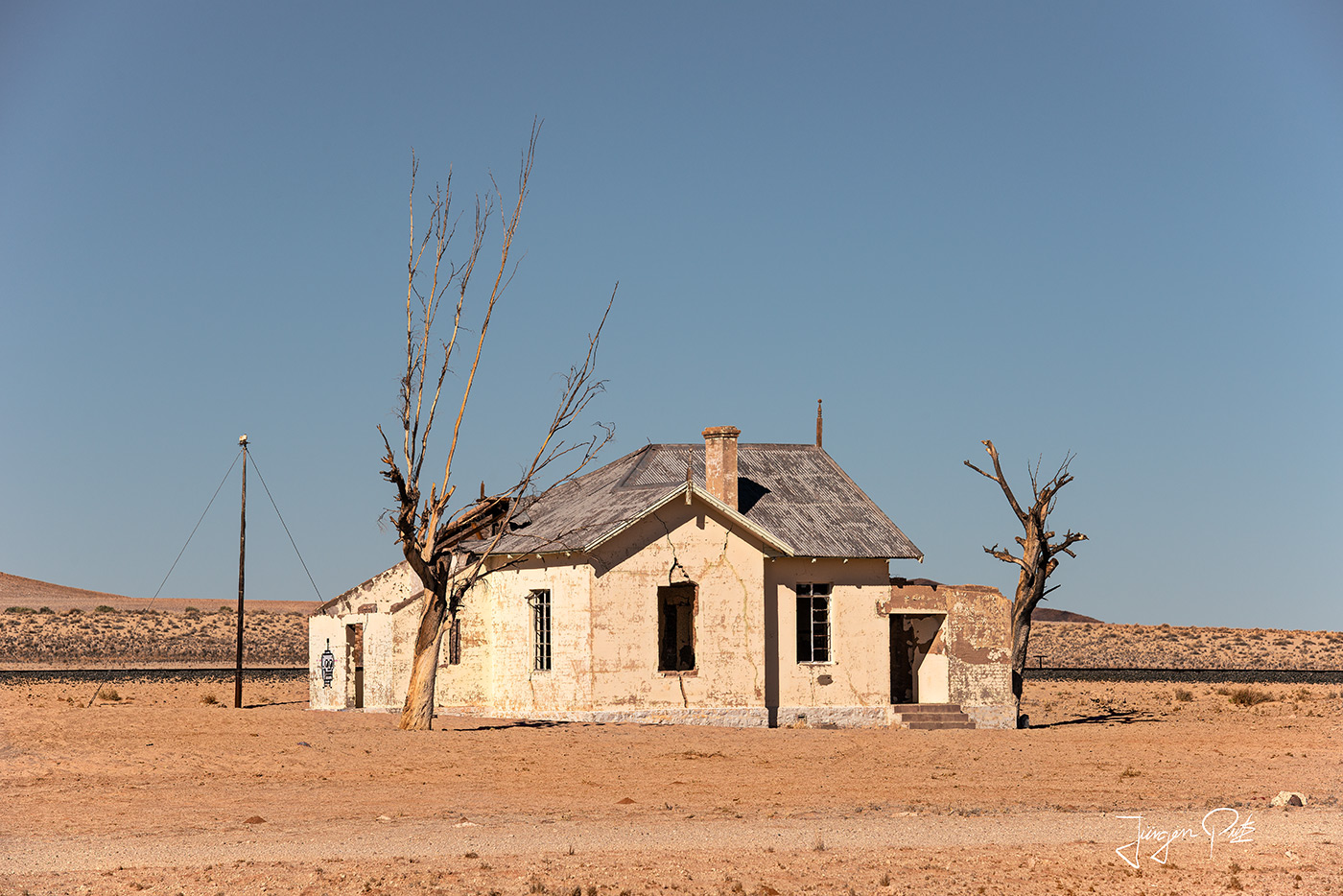
Stauch bought the mining rights for the site and by the end of 1908, rough diamonds totaling 39,000 carats had been found and diamond fever had broken out.
The government of the German Reich, as the colonial power of what was then German South West Africa, reacted quickly and established a diamond restricted area along the coast from the 26th parallel to the border with South Africa to control and regulate these activities.
August Stauch and other holders of mining rights therefore founded the Koloniale Bergbaugesellschaft in 1909 to represent their interests and began to build the Kolmanskuppe headquarters and settlement near their mining areas.
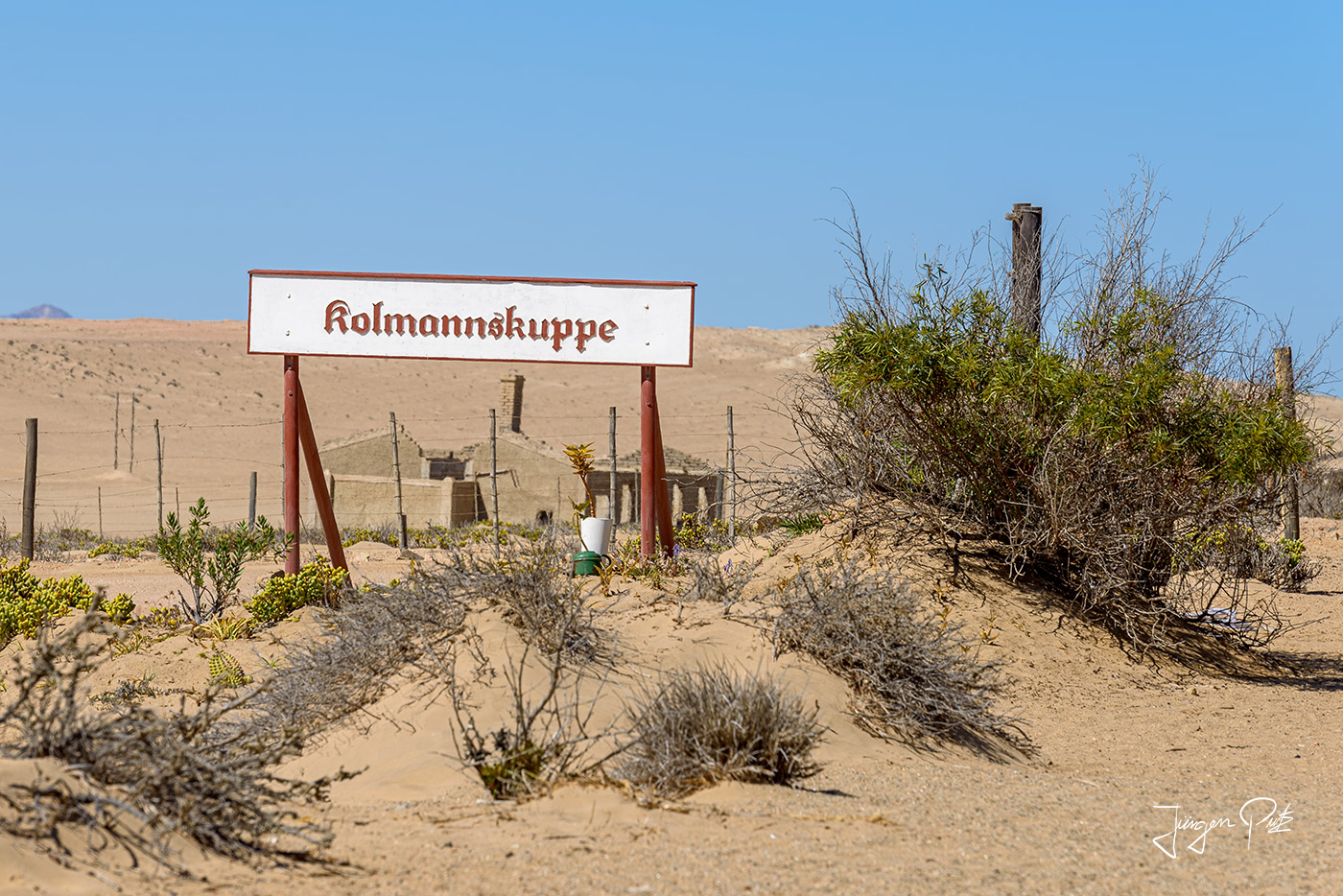
And this new town in the hostile desert region developed incredibly; very quickly, over 400 inhabitants lived here. One- and two-storey houses were built for the employees of the mining company and the management lived in art nouveau villas of German design. The building materials as well as the technical equipment and machinery were imported from the German Reich. There is a butcher, a bakery and a corner store.
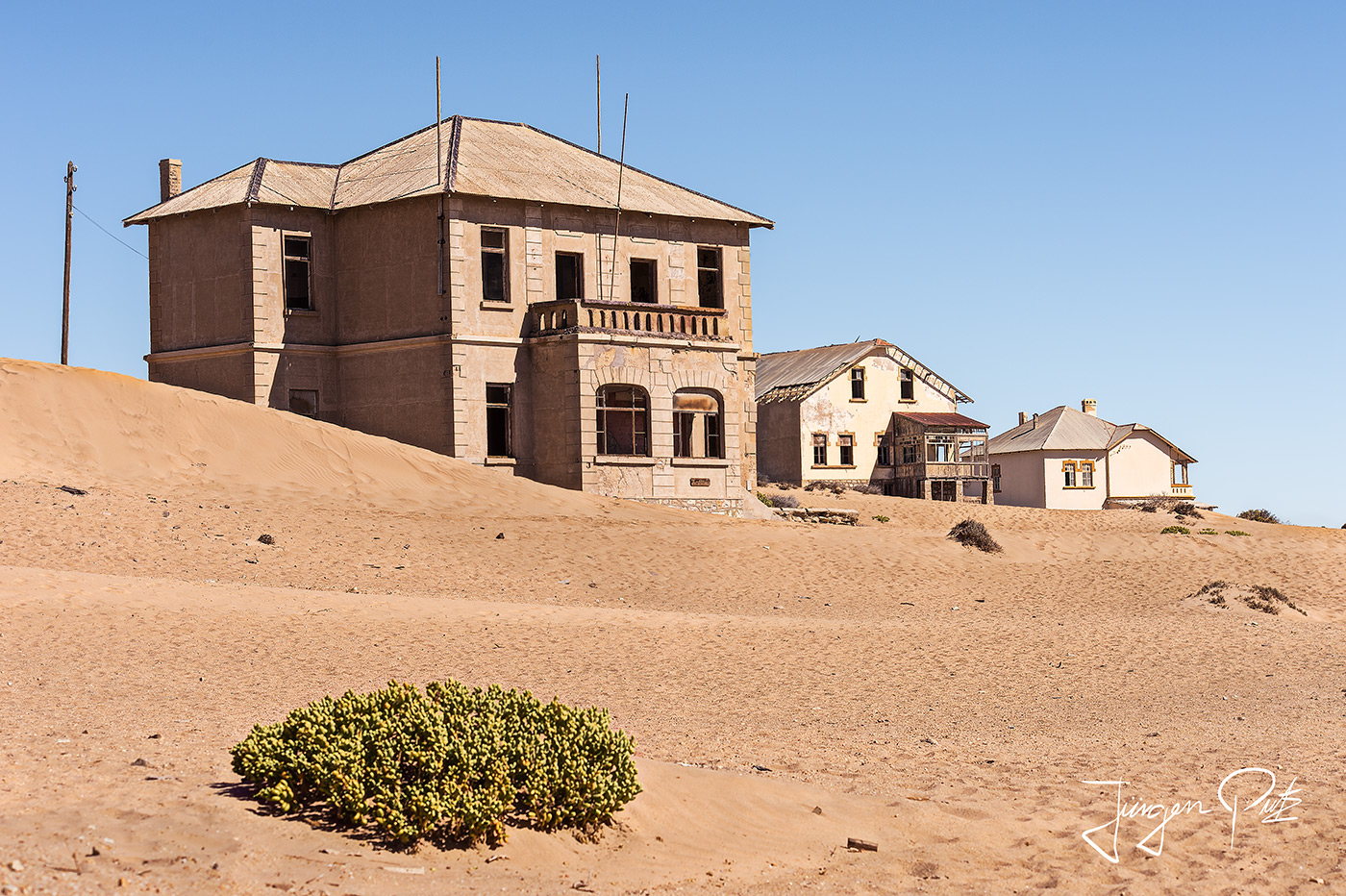

The town was electrified as early as 1911 and a power station in Lüderitz supplied the electricity for the technical facilities and the town's houses.
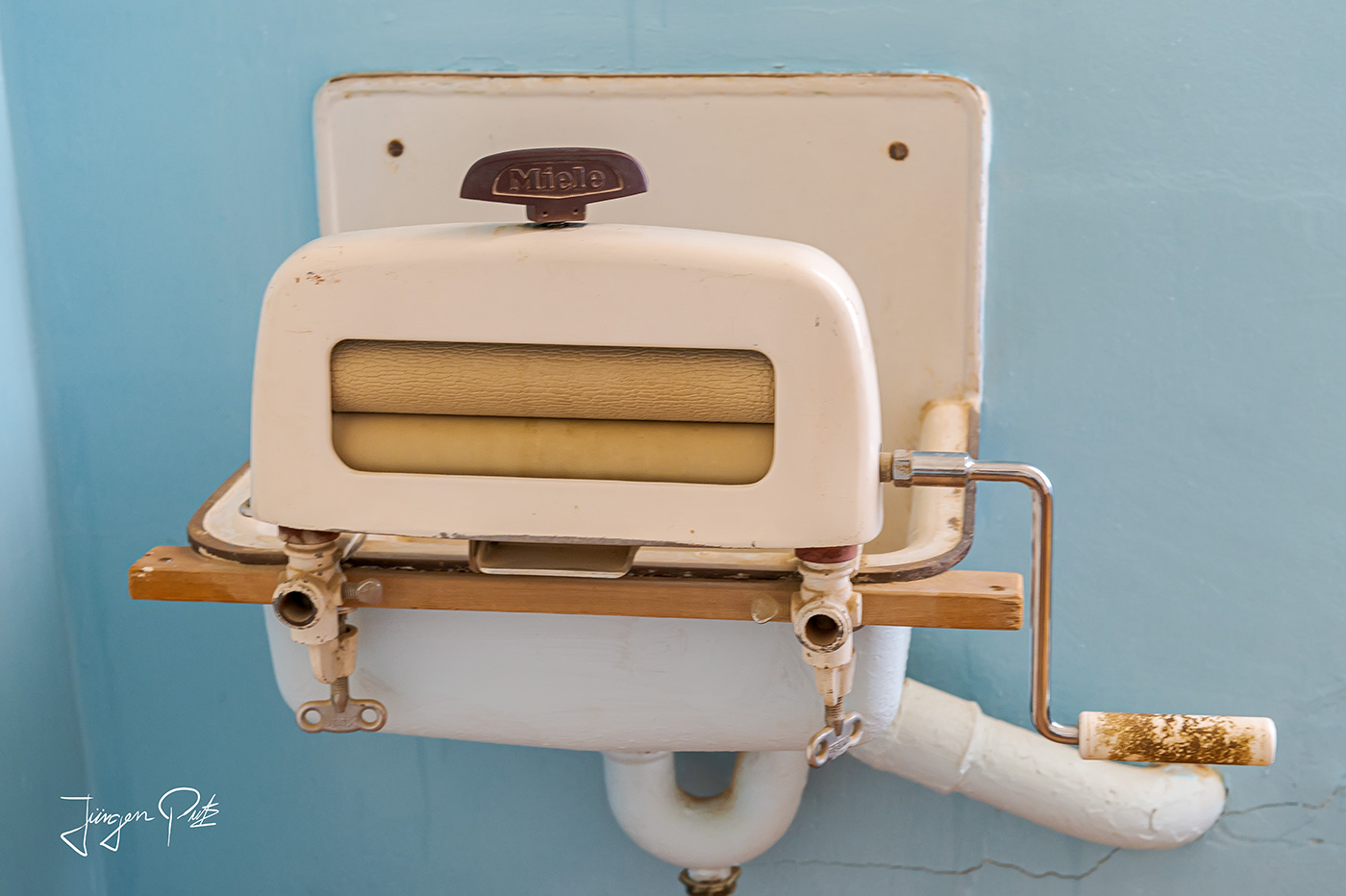
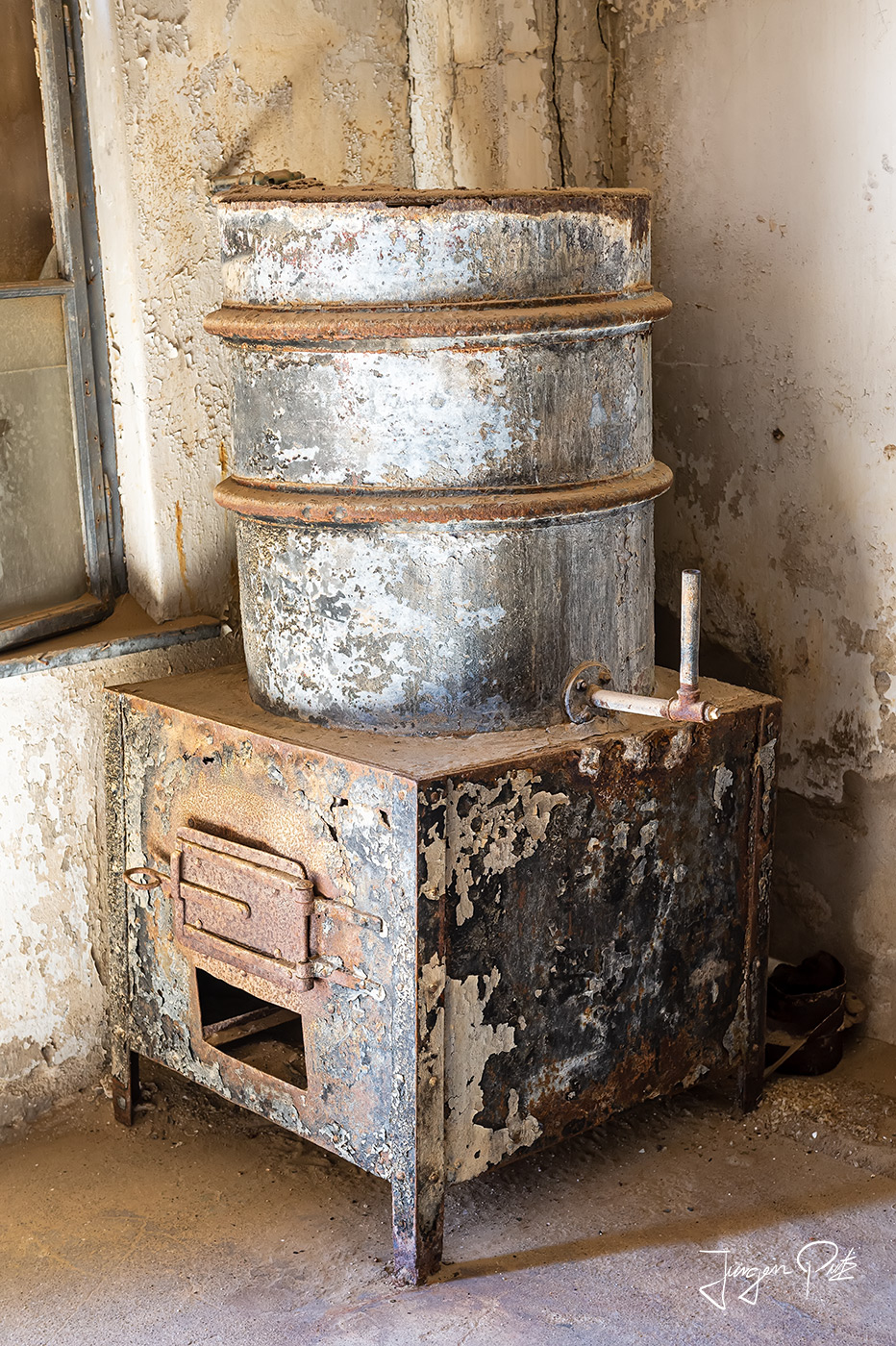
Only for the 800 or so black mine workers, mostly Ovambo, who were exposed to the harsh living conditions of this zone in simple wooden shacks outside the city, there was no such luxury. Mixing with the white population was in no way desirable.
After the First World War, the town's boom continues unabated; under South African mandate rule, a new mining company is founded, Consolidated Diamond Mines of South-West Africa LTD.
The town receives a new school and a modern hospital, which even has an X-ray machine - unique in southern Africa. Of course, this X-ray station also serves to put an end to diamond theft by workers who swallow diamonds.
From 1927, the white inhabitants had a gymnasium, a bowling alley and even a swimming pool at their disposal for leisure activities.

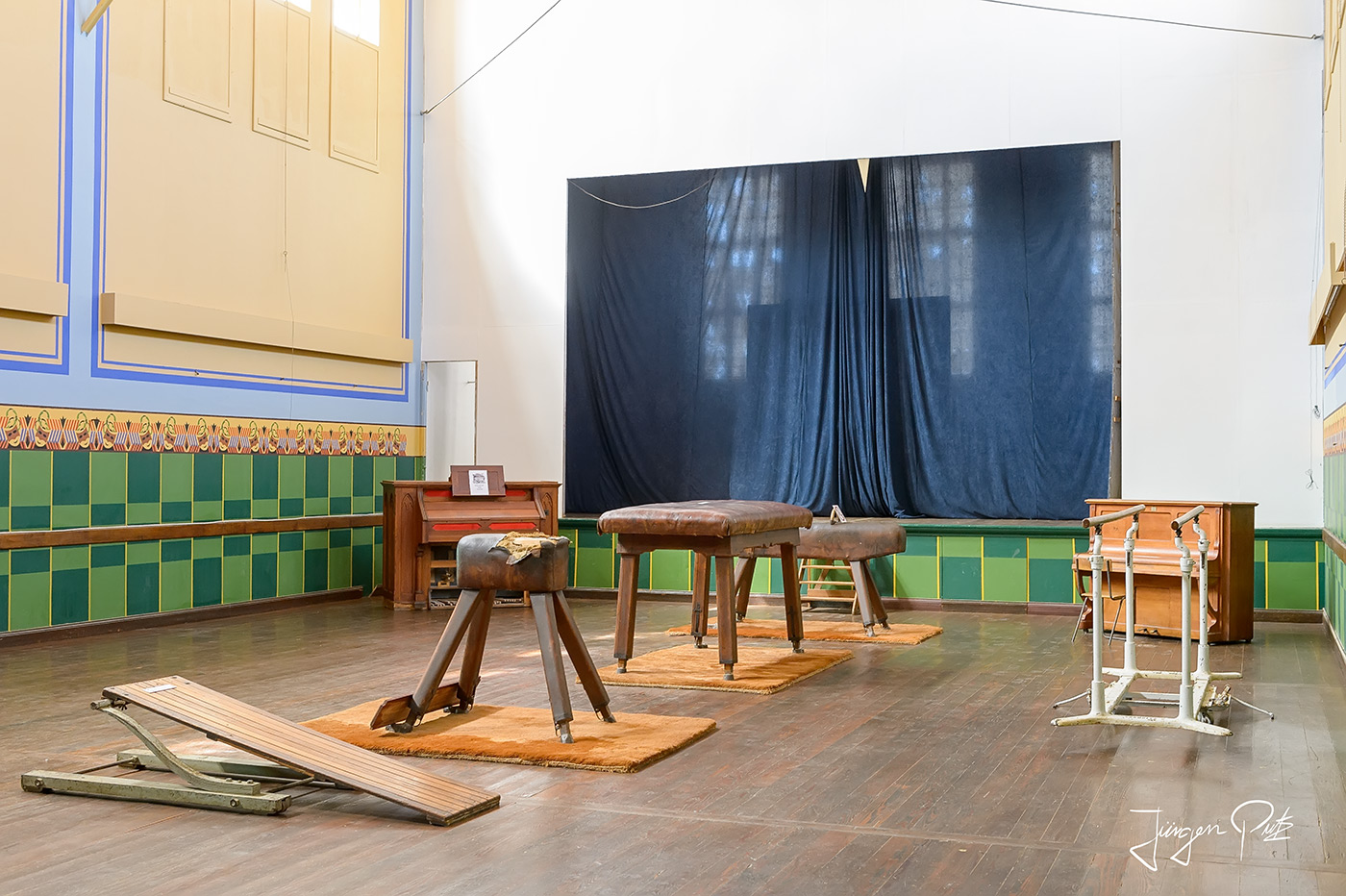
There is a small factory for making ice cream and even a small streetcar through the town.
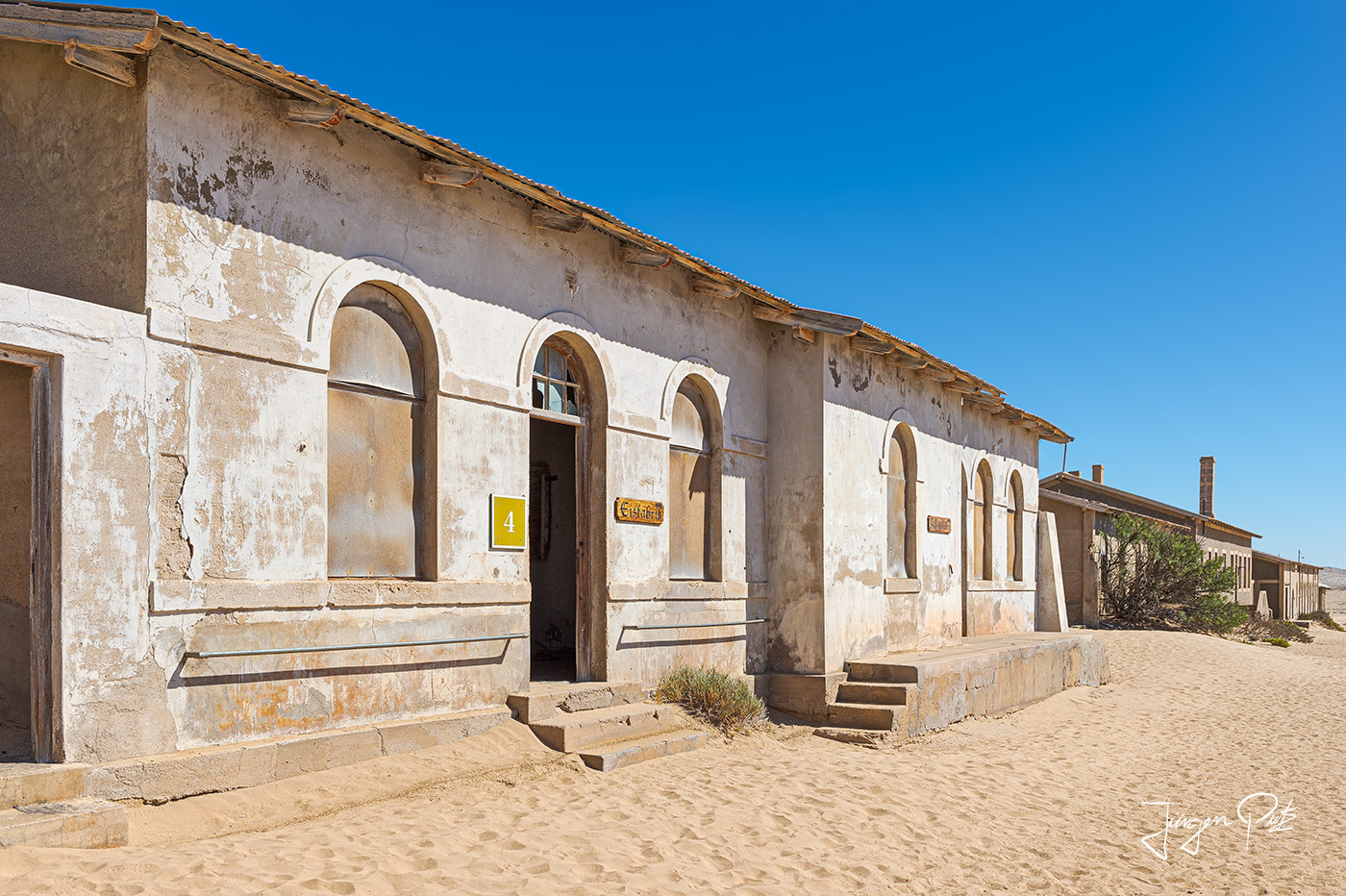
The vital drinking water, which first had to be laboriously transported by ship and train from Cape Town to this remote location, was now supplied by a well by train from Garub, 80 km away.
But then, in 1928, far richer diamond deposits were discovered in Oranjemund on the border river with South Africa. Shortly afterwards, the global economic crisis of the 1930s also hit the diamond industry hard and the deposits in the mining areas of Kolmanskoop slowly began to dry up. The decline of the flourishing town began.
In 1941, the mining company moved its headquarters to Oranjemund and in 1951, the last remaining exploited diamond fields to the north were abandoned. Finally, in 1956, the hospital that had been used to care for the surrounding population closed and the last inhabitants left Kolmanskop. What remains is a ghost town whose abandoned buildings are plundered and gradually reclaimed by the desert.
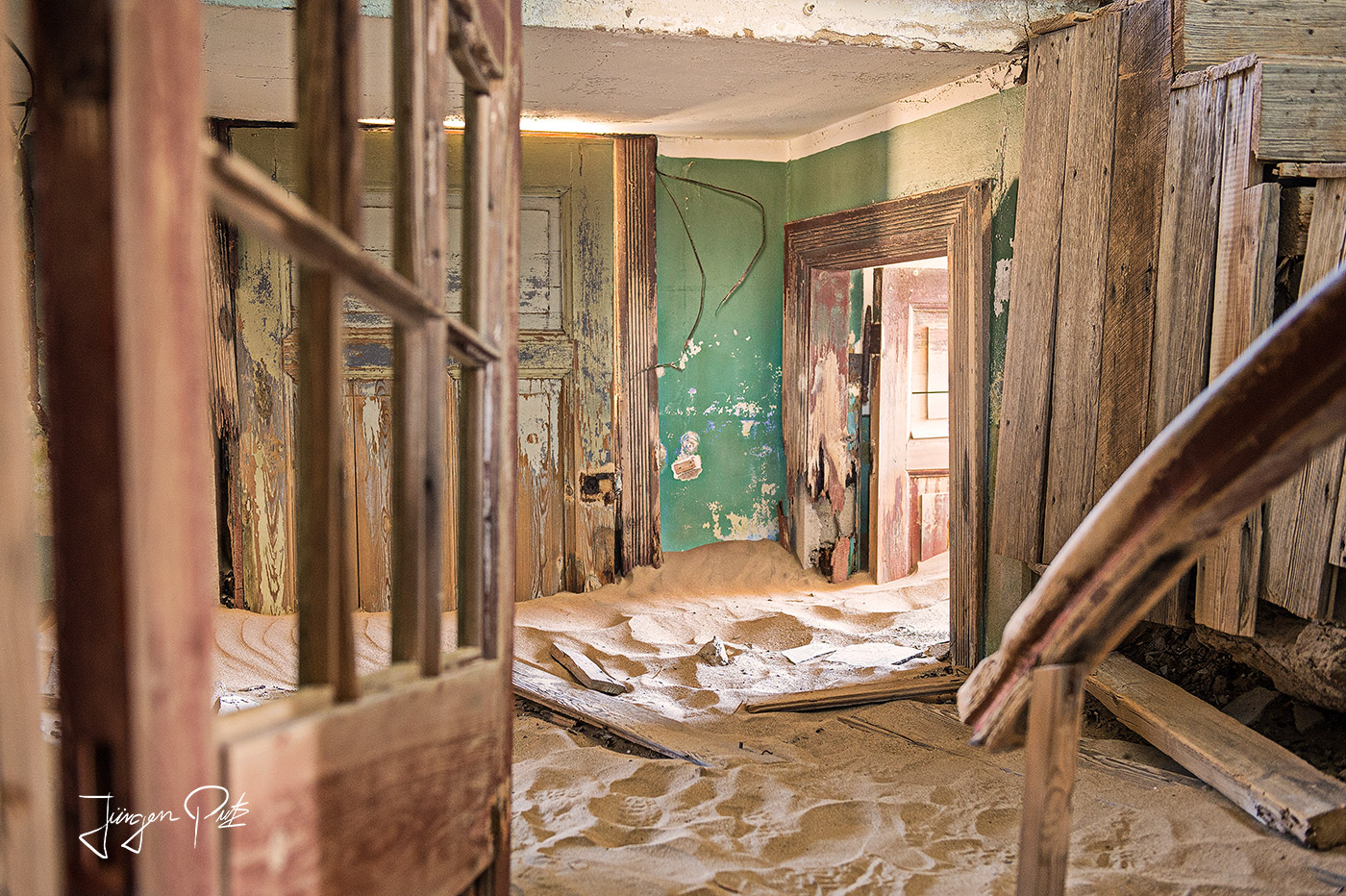
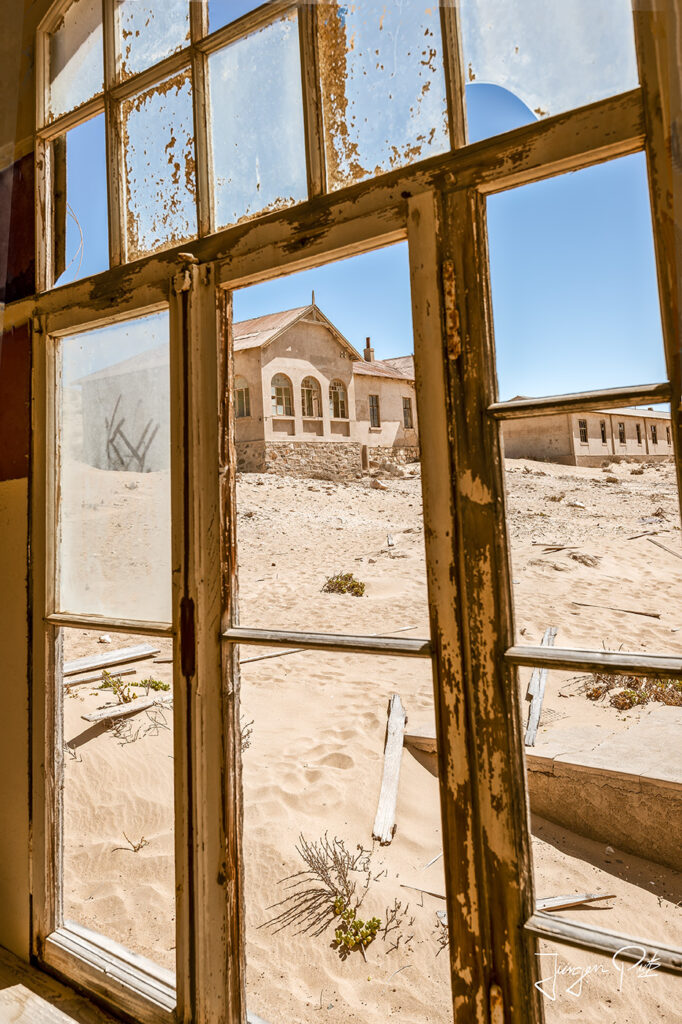
It was not until 1983 that the South African mandate government decided to save Kolmanskoop from its final demise as a unique testimony to the past. Some of the dilapidated buildings were restored, the former concert hall, bowling alley and gymnasium were renovated and the site was made accessible to tourists.
Visitors to the site can still imagine themselves in the exciting times of diamond fever in Namibia at the beginning of the last century.
Kolmannskuppe
Address: Junction on the B4 approx. 13 km east of Lüderitz
Website: http://www.kolmanskop.de
Accommodation: in Lüderitz
Literature: Amy Schoeman, Kolmanskuppe. Once and now ISBN: 978-3933117175;
